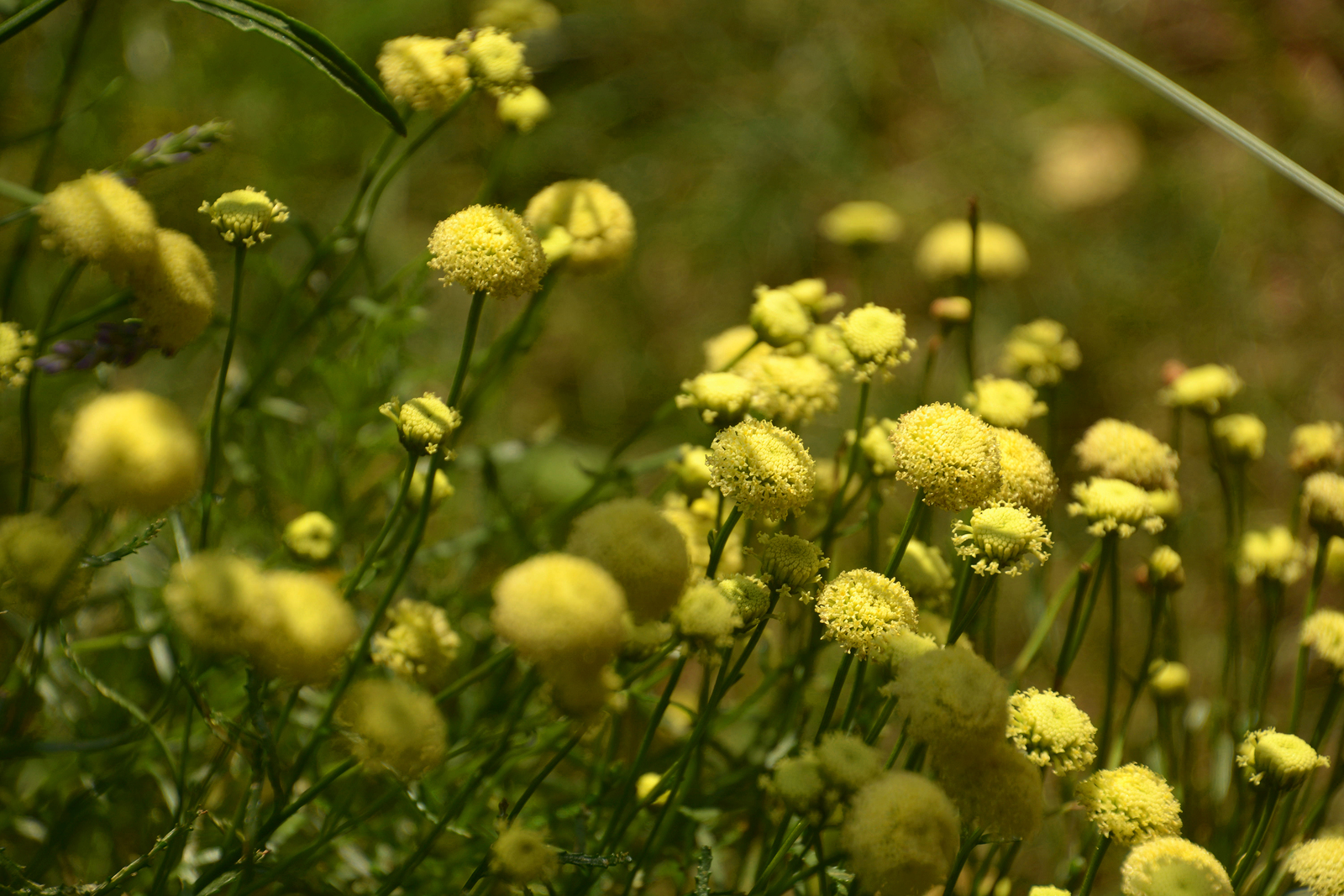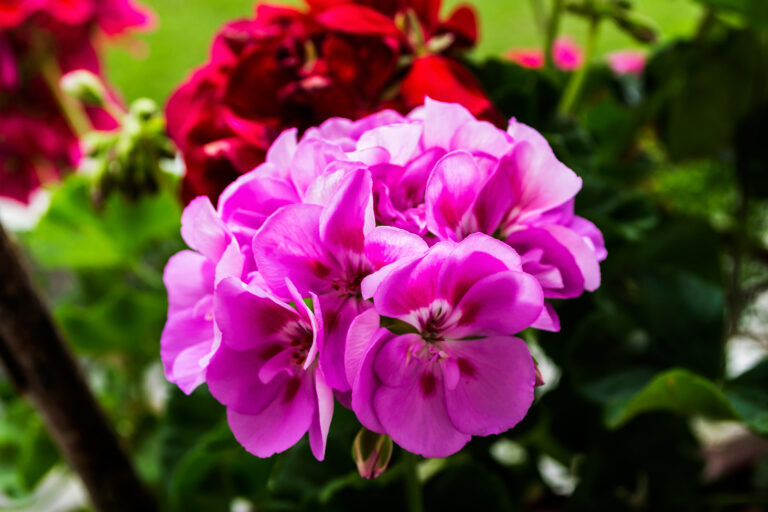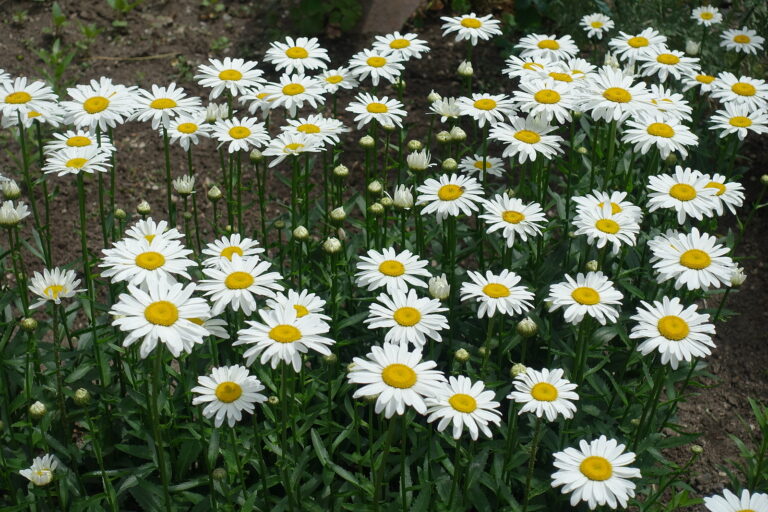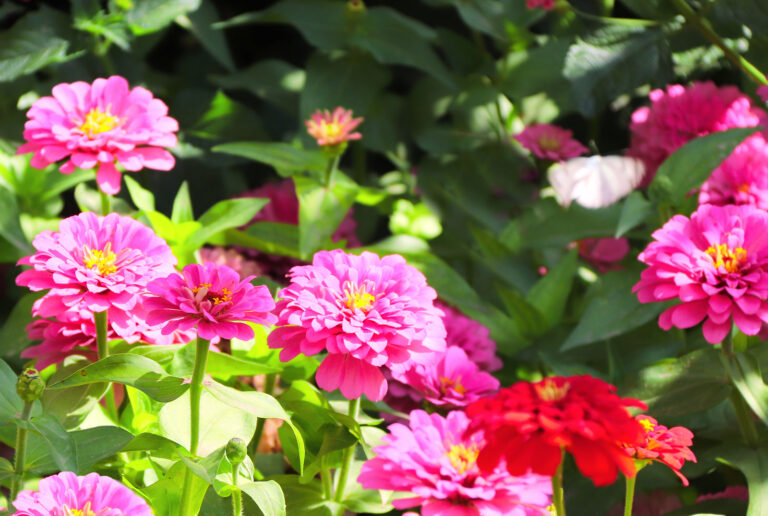How to Grow Cotton Lavender — Santolina
Santolina–commonly called cotton lavender–bears yellow pompom summer blooms that last weeks. Santolina is an evergreen perennial, sometimes grown as an annual. The plant has aromatic foliage that can be dried for potpourri.
Santolina is suitable for a mixed border or shrub border or rock garden. It can be used as edging along a walk for as a low hedge.
Santolina is a genus of 18 species of evergreen shrubs. Santolina is native to dry, rocky habitats in the Mediterranean region.
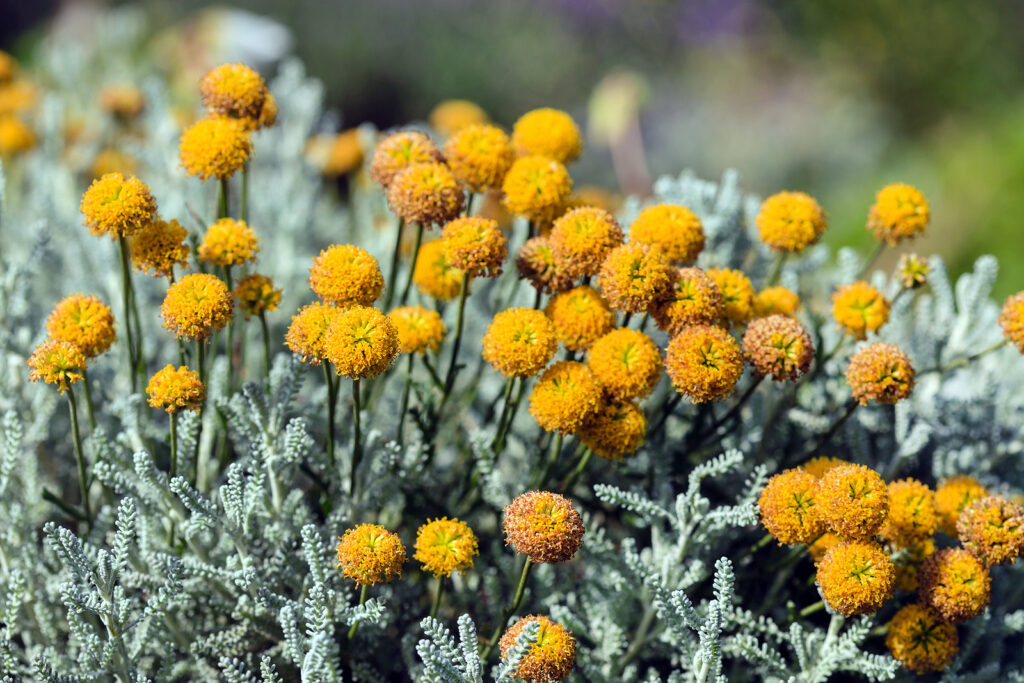
How to grow Santolina
- Plant type: Perennial
- Growing Zones and range: 6-9
- Hardiness: Half-hardy
- Height and width: 12 to 24 inches (30-61cm) tall; 2 to 6 feet (1.8m) wide
- Foliage: Alternate entire pinnate, aromatic leaves
- Flowers: Small yellow flowers, button-like heads surrounded by bracts
- Bloom time: Summer
- Uses: Small perennial hedge, textural accent, rock gardens, xeriscaping
- Common name: Santolina, lavender cotton
- Botanical name: Santolina chamaecyparissus
- Family: Asteraceae
- Origin: Dry, rocky places in the Mediterranean
Where to plant Santolina
- Grow Santolina in full sun.
- Grow Santolina in average to poor soil that is sandy or gritty and well drained. Mature santolina is drought tolerant.
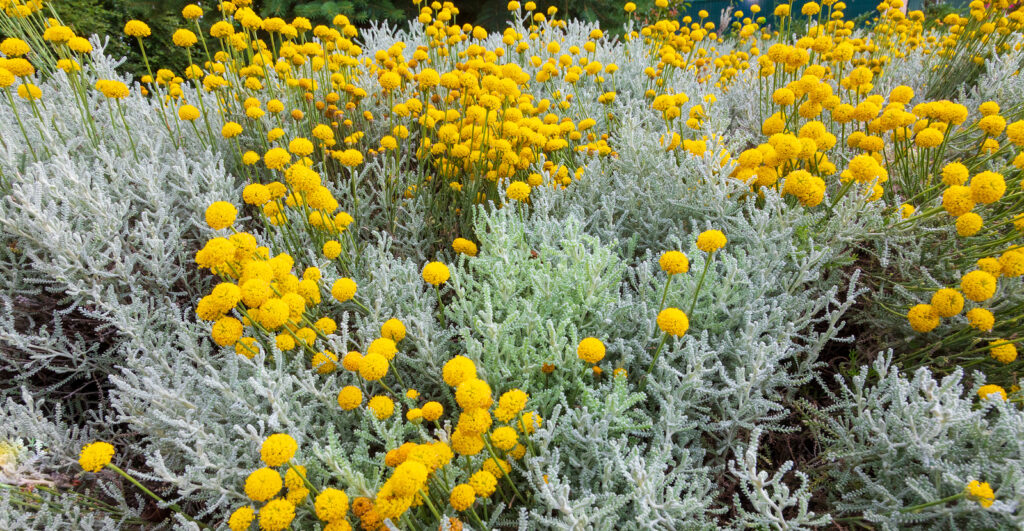
When to plant Santolina
- Set santolina in the garden in spring.
Planting and spacing Santolina
- Space Santolina 2 to 6 feet apart.
How to water and feed Santolina
- Established santolina is drought tolerant; keep the soil evenly moist for new plantings.
- Santolina does not need fertilizing.
Santolina care
- Shear off spent flowers with hedge clippers.
- Cut plants back nearly to the ground at the end of the growing season; new growth will appear in spring.
- Replace Santolnia which is woody.
- Santolina is prone to root rot where the soil stays wet.
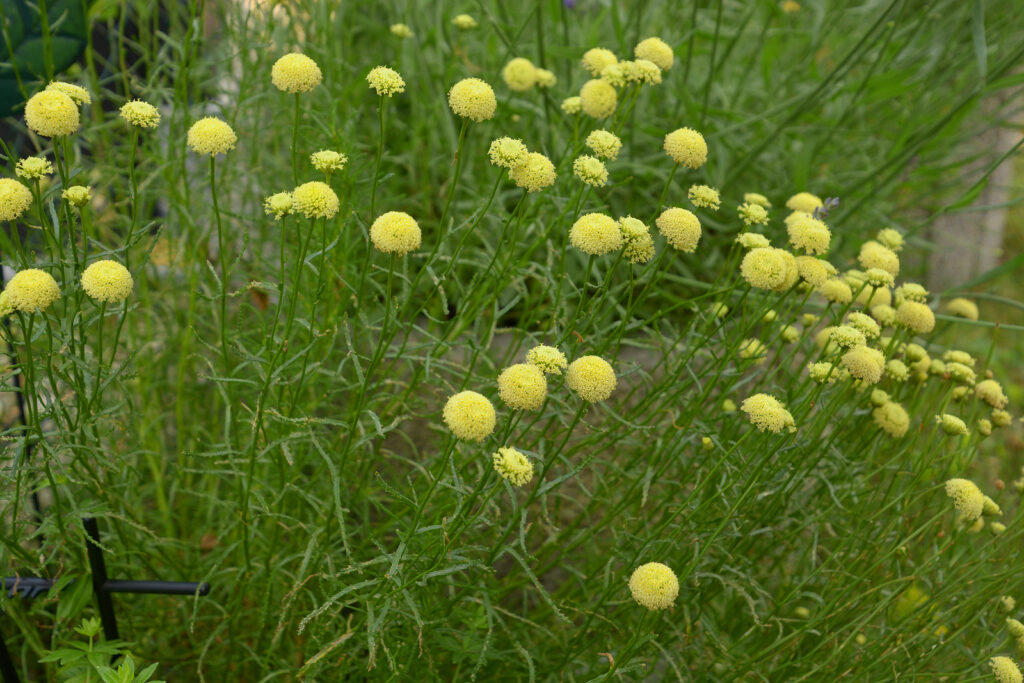
Santolina propagation
- Sow seed in containers in a cold frame in autumn or spring.
- Root semi-ripe cuttings with bottom heat in late summer.
Santolina varieties to grow
- Santolina chamaecyparissus, lavender cotton, compact, rounded shrub densely covered with narrow oblong toothed gray-white leave; bright yellow flowerheads to .5 inch across on slender stems; cultivars include ‘Compacta’ is a dwarf cultivar that does not need shearing, and ‘Lemon Queen’ has pale yellow flowers.
- S. pinnata is a rounded bushy shrub with cylindrical leaflets and creamy white flowerheads.
- S. rosmarinifolia dense shrub with slender bright green aromatic leaves and bright yellow flowerheads.

